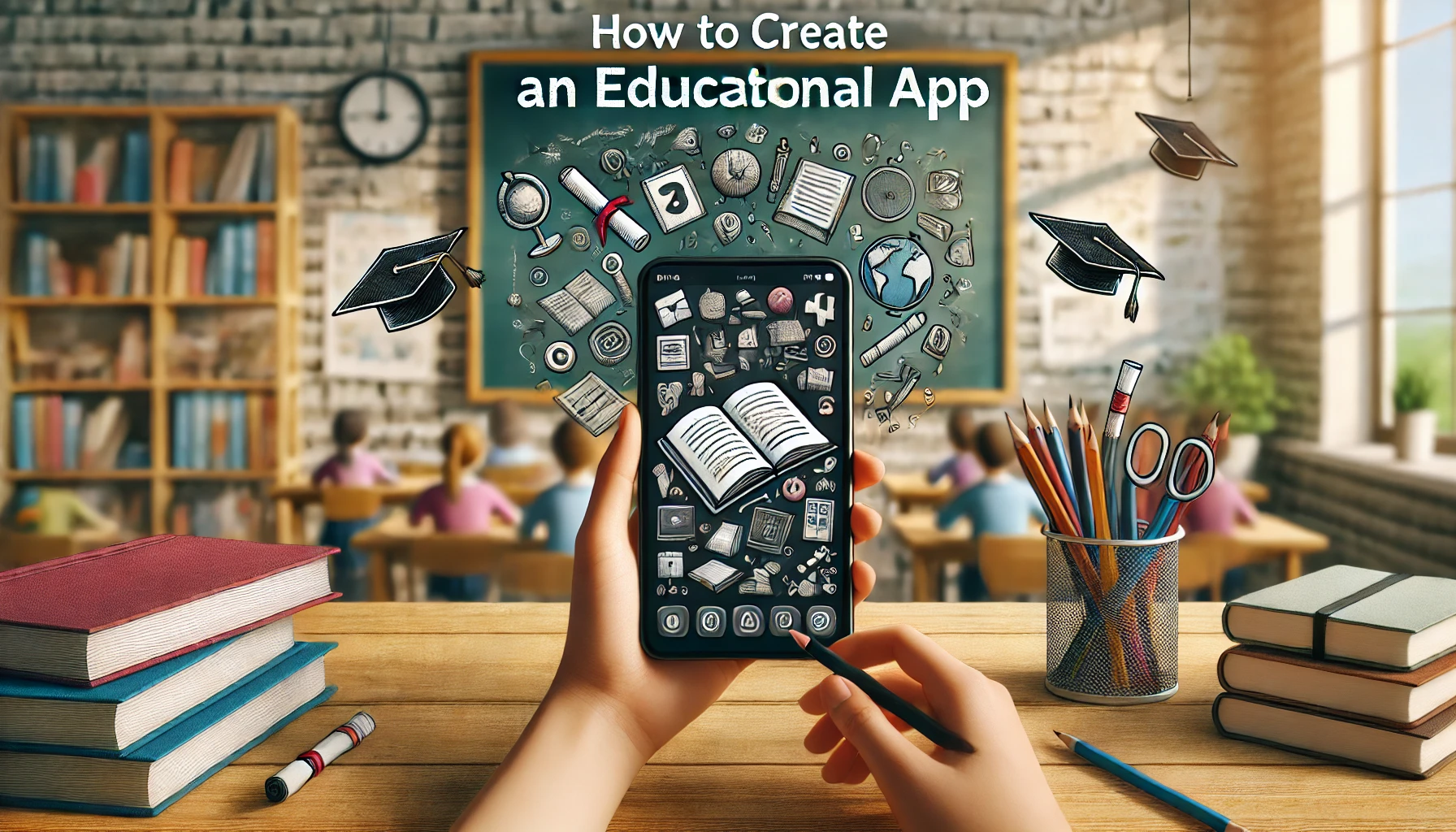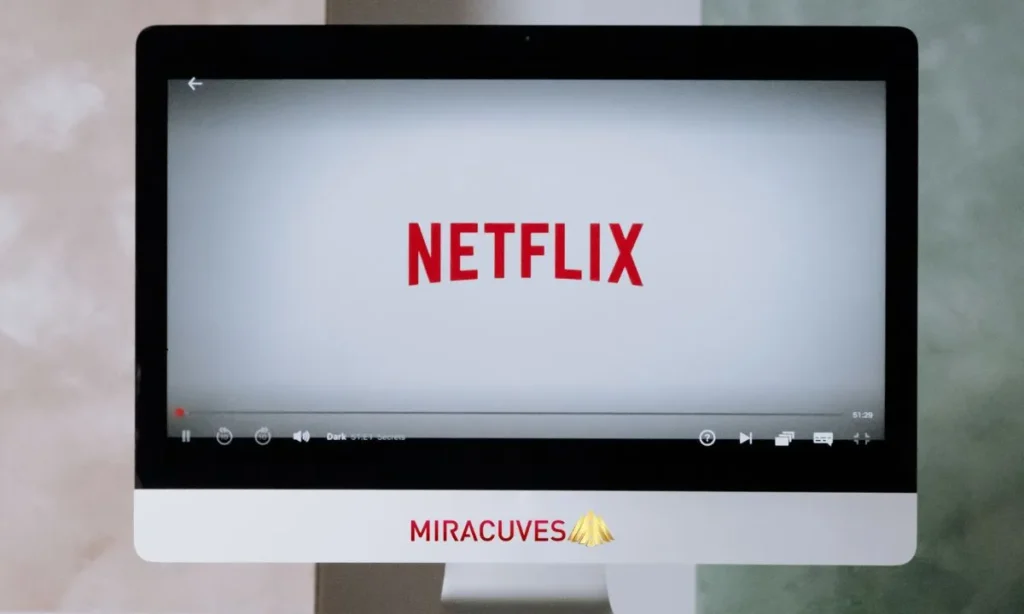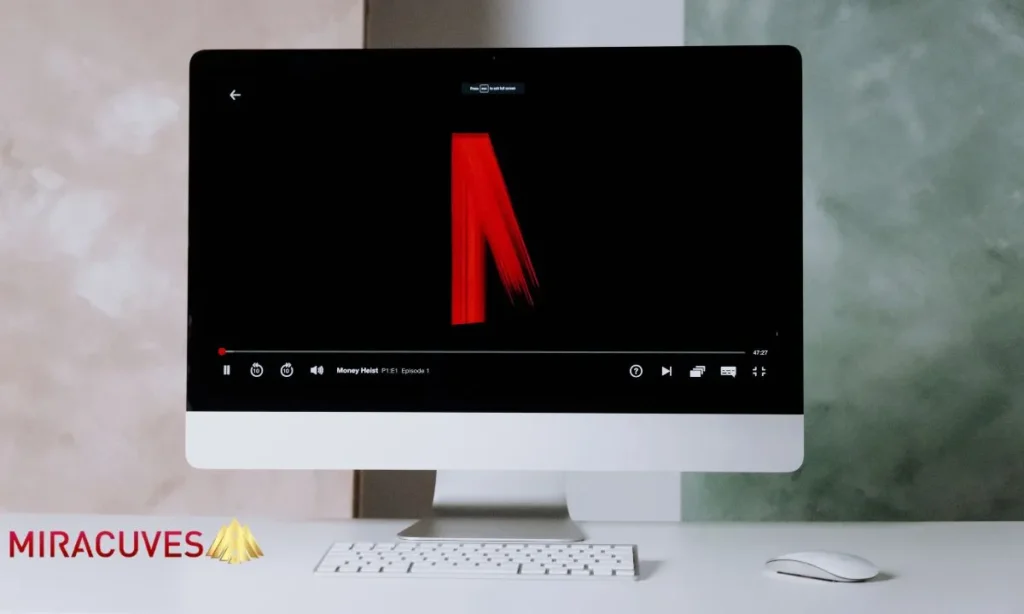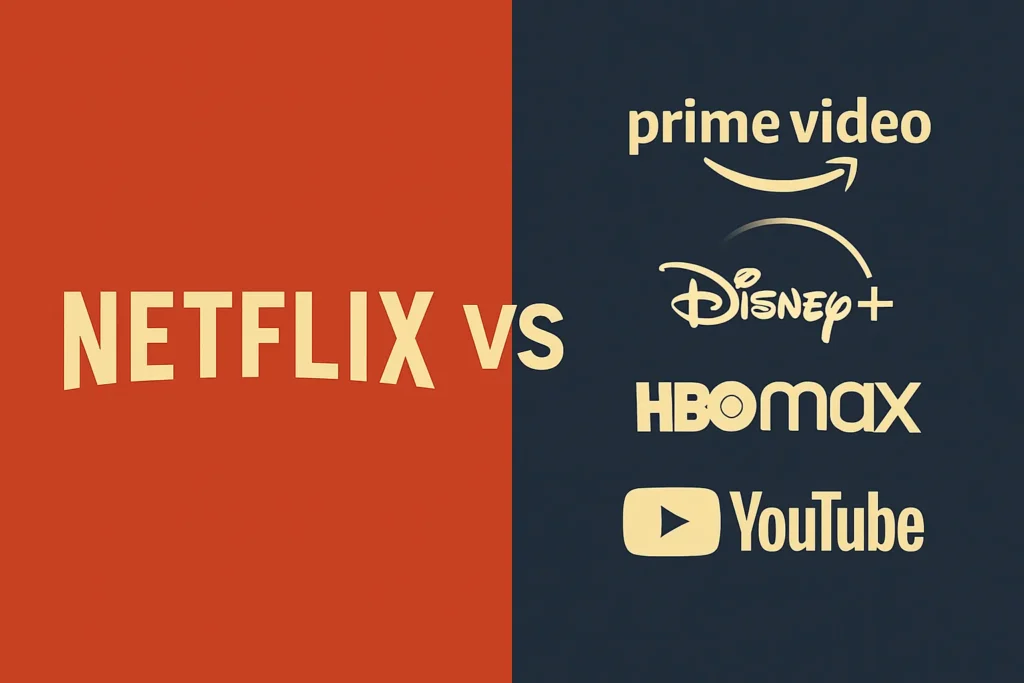Before we start with the key ideation of how to create an educational app lets cover the basics.
Education nowadays has been taken to different levels, with the help of advancing digital learning aids. However, it is educational apps that have been majorly instrumental in the realization of this revolution. They have shifted over the years from being improved learning tools to being comprehensive systems and programs that enhance learning and teaching through games and simulations for all demographics. It started with the first e-learning applications at the beginning of the 1990s, to today’s app-based forms of learning, to the development of learning management systems (LMS) and learning games.
Due to the new m-learning trends and equal enhancement in access to smart mobile phones, educational applications form a new focal point of innovational education. The pandemic then accelerated the need for virtual learning tools as teachers and learners needed to have functional tools for underlying their courses. The development of educational applications like Byjus has therefore emerged as an important area of interest for developers, educators, and organizations who are interested in delivering educational advancements for learners without gaps and bridging educational divides around the globe and for a lifetime.
What You Need to Know about the Educational App Marketplace
The global market of educational applications is rapidly growing along with the development of mobile learning and the popularity of Learning Management Systems (LMS). These apps are useful to everybody ranging from K-12 learners to university learners, and working professionals who require further education. Today, an educational application’s main goal is to provide value and provide the user with engaging material with the use of elements such as gamification in learning, different strategies that are employed to engage the user, and the compatibility of applications across devices.
It is believed that the global online education market will exceed $ 325 billion by 2025 with the help of educational applications. Most of the perfect applications are built with the concept of users at the center hence offering aspects such as accessibility, interactivity, and feedback. Therefore, as you consider developing an educational app, there is a need to research to establish these market trends as well as understand the learner needs to incorporate the appropriate features in the application.
Currently, 86% of teachers consider EdTech necessary for learning; 92% of them are willing to integrate more technologies into learning. This widespread adoption reflects a clear trend: e-learning is not only not a temporary phenomenon but also it is gradually becoming essential in education.
It has been identified that another of the key components of EdTech is used as a tool to mobilize students. Since 76% of learners affirmed that learning gadgets make lessons more interesting, there is no better time for applications that can capture the learner’s attention and complement learning apps. One must not underestimate elements, multimedia, and the use of game features such as quizzes, points, and a scoreboard to maximize student interest and engagement. To mitigate this changing expectation, therefore, such successful apps have no option but to place a strong emphasis on such interactive learning experiences.
Teachers also value LMS and other learning apps to facilitate the assessment task. Another incredible fact is that 90% of educators said that technology enhances their capacity to track their learners’ performance thus addressing the learning outcomes. Besides, digital learning materials are cheaper than conventional printed materials; they may be up to 33-35% cheaper than textbooks, thus making EdTech more economical for institutions and learners. These statistics reveal the benefits from the financial point of view, and, thus, state that the educational app design should be cost-effective while offering quality content.
Key Market Trends:
- Mobile Learning Trends: Mobile-first learning applications reach learners on the move; providing them with short, consumable content chunks.
- Gamification in Education: Games, badges, and reward systems are used to help maintain the attention of the users while motivating them to continue.
- Learning Management Systems (LMS): LMS platforms help monitor the learning process and also differentiate content as per learners’ progress.
- Data Analytics in Education: With the help of analytics, one can assess the way users interact with the website and find suitable modifications.
Main Competitors for Educational App Market
Competitive analysis is important to ensure a workable model for the development of an effective educational application. The table below presents five major competitors in the field of educational apps and specifies their main functions and unique selling propositions.
| App | Core Features | Target Audience | Monetization Strategy | User Engagement Tools |
| Duolingo | Language learning with gamified lessons, daily goals, and personalized progress tracking. | Language learners of all ages | Free with ads, subscription for premium | Streaks, badges, personalized learning paths |
| Coursera | University courses, certifications, professional development, video lectures, and interactive assignments. | Professionals, university students | Pay-per-course or subscription models | Peer assessments, certificates, and interactive quizzes |
| Udemy | Thousands of user-generated courses across various subjects with downloadable resources. | Lifelong learners, professionals | One-time purchase per course | Ratings, user feedback, certificates of completion |
| Edmodo | K-12 learning platform connecting students, teachers, and parents with quizzes, assignments, and class discussions. | K-12 students, teachers, and parents | Free, with paid features for premium users | Progress tracking, collaborative learning tools, badges |
| Skillshare | Creative and professional courses focusing on skills like design, photography, and business. | Creative professionals, lifelong learners | Subscription-based | Project-based assignments, peer reviews, collaborative learning |
Read More “How Agriculture eCommerce Platforms Are Bridging the Gap Between Farmers and Buyers“
Market Trends About EdTech
Technology is now not a choice in coursework but a requirement in the world that students must compete in. Research indicates that the use of educational applications has emerged as a very effective strategy in improving the delivery of instruction as well as learning.
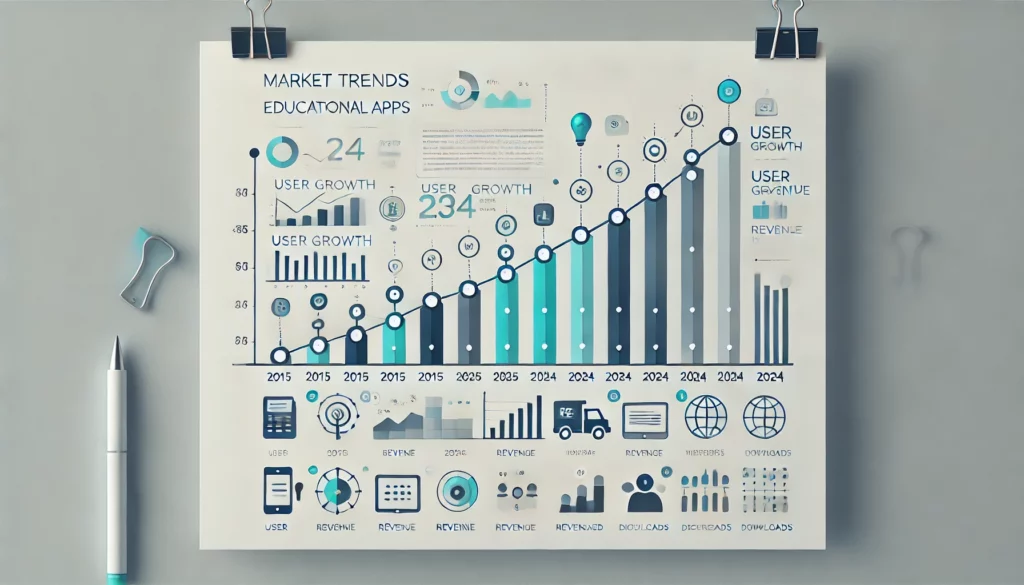
How to Create an Educational App in 08 Steps
Step 1: Market Research
- To achieve its goals, you have to learn as much as possible about your target audience; thus, employ surveys, interviews, or focus groups.
- Research on competitors’ educational applications to know their capabilities, shortcomings, and innovative characteristics.
- Find out shortcomings in the existing apps in that they do not fulfill user expectations.
- Discuss present movement in the use of mobile learning, including game and micro-learning-based approaches.
- Review some of the successful and highly-rated educational applications to identify the key success factors.
Step 2: Determine Marketing Goals & Target Market
- Make sure that there is an identified primary benefit that your application provides to the targeted educational audience.
- Find out the niche user groups that you want to target by using the app; whether they are K-12 students, university learners, or professionals.
- Ensure that the features, contents, as well as designs of the app, match the learning objectives of your targeted users.
- Make sure that your app is targeted and solves a real problem for the users you’re targeting.
Step 3: How the App Will Look and What It Will Do
- Determine necessary elements that are classic for the particular type of learning, e.g., quizzes, engaging learning, video tutorials, etc.
- The use of incentives such as points, badges, and rewards should be considered to increase interest.
- Make sure that all the accessibility tools are included, and always enabled, including the text-to-speech, change in font size, and contrast of the colors used in the application.
- Organize content in different formats of learning materials such as videos, text, e-learning audios, etc., to satisfy the learners’ needs.
- Ensure that users are offered offline access as a few may be accessing the information from low or no internet connection zones.
Step 4: Select the Technology Stack
- Determine whether to make a specific application for a smartphone (iPhone or Android) or an application that can be installed onto different systems.
- To optimize the process of cross-platform app development, start using such frameworks as Flutter or React Native.
- Make sure that the tech stack selected corresponds to the app’s growth and integrates various user numbers and app features.
- Establish ways of ensuring data security to ensure proper security of student and user information.
Step 5: Focus on Educational App Design (UI/UX)
- Design navigation-friendly interfaces that are simple, elegant, and clear to the viewers.
- Create a user experience (UX) that optimizes learning to enable efficient and coherent user navigation.
- Adapt the design to the demographic you want to address (jokes for children, serious for adults).
- Specifically, make your design accessible by offering such features as screen readers and keyboard control.
Step 6: Design and Build an Application
- Develop the GUI (User Interface) and User Interface (UI) of the created app as well as design the data structure, data management, and data safety systems.
- Make the code as efficient, secure, and easily scalable as possible to provide a good user interface.
- In particular, special attention should be paid to usability testing, as well as to functionality testing for bug detection.
- Test the application for accessibility so that the app will be usable for people with disabilities.
Step 7: Marketing of the App
- Check the title, description, and tags of the app: these aspects matter in the ASO marketing strategy.
- Finally, advertise the app using social media, emails, and influential people.
- Provide early bird offers, special discounts, and a first-month trial at a throwaway to have more users.
- Develop cooperation with educational establishments or with opinion leaders to raise the popularity of an application.
Step 8: Collect User Feedback and Iterate
- Capture user feedback by using pop-up surveys, ratings and reviews, and support tickets.
- Employ data analytics that will help track the users’ behavior, the progress of the learning process, as well as the overall performance of the application.
- Always release updates to address the issues, enhance new features or better experience in using the power tool.
- Make necessary improvements and updates to the app’s functionality based on comments given, and the results obtained.
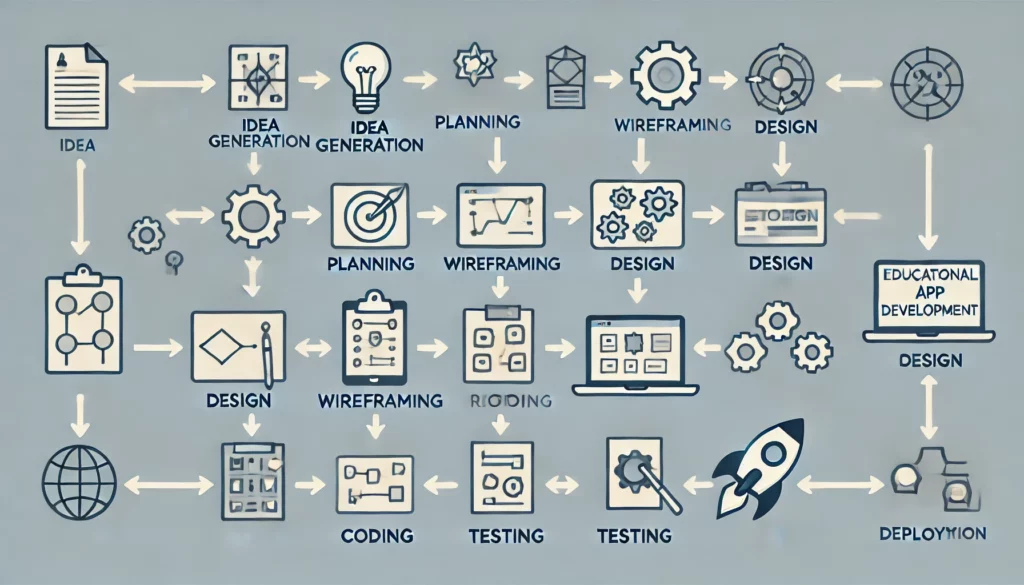
Make learning accessible!
Build a next-gen EdTech platform with
interactive courses, AI tutors, and smart analytics.
Key Application Features That Are Essential to Include
There are certain fundamental characteristics that a web app built for an educational purpose has to possess to make the material engaging and easily understandable by its users. Here are the top 10 important features of educational apps:
1. Interactive Learning Experiences
Teaching and learning that involves the use of quizzes, puzzles, problem-solving, and collaborative efforts yields better results. Such features assist users to participate in the consumption of content rather than mere consuming it making it easier to retain such information.
2. Gamification in Education
Introducing elements from game design, as a concept called gamification is truly effective in increasing the engagement of the users in learning apps. Concepts such as point systems, badges, and leaderboards as well as rewards help learners stay motivated and accomplish their objectives.
3. Personalized Learning Paths
Enabling users to choose areas of interest makes sure that the content is relevant and geared towards their needs. This feature helps learners carry out their learning at their own pace and on aspects that they have known to be weak at.
4. Content Delivery Methods
Providing the content in the form of videos, audio, and written material makes the app to be able to address people with different learning preferences. To sum up, it is possible to improve the user’s experience and emotions by presenting multiple formats of content.
5. Accessibility in Educational Apps
To enhance the utility factor of educational apps accessibility should come as the priority. This includes text-to-speech, closed captions, resizable text, and color contrast for all design elements such as buttons and backgrounds. Accessibility makes it possible for learners with certain disabilities to be able to use the app in the right manner.
6. Offline Access
Some of the learners may not have constant internet connection hence they will be disadvantaged. This helps the user to download the lessons and study at his/her convenience without having to worry whether or not there is an internet connection.
7. User Progress Tracking
One of the elements that should be present in educational applications is the possibility of tracking students’ progress, which allows them to assess their achievements and shortcomings. Bar graphics, lines, pie, or other forms of graphics that show the users’ performance about the curriculum may become useful in determining the progress made by the users.
8. Social Learning Features
Creating an environment within the app that implies interactions and connections between learners will promote engagement. Some of the valuable tools include discussion forums, chat rooms, and Peer feedback options that can enable the students to feel that they are part of the class and hence enhance active learning.
9. Data Analytics in Education
Education data analytics is a must-have for teachers and students alike. To what extent can the learning analytics within the app help to understand the behavior, learning processes, and effectiveness of the content? This information assists the developers in improving the app’s functionalities while it benefits educators in understanding their learner’s requirements.
Read More “Top 10 Ideas for Tutoring and Education Business Startups“
10. Monetization Strategies for Education Apps
Education applications allow users to learn on the move and the key focus of their functionality but at the same time have to be financially viable. The monetization strategies that can be adopted for educational applications include the subscription model, in-app purchases and paid versions, freemium, and premium content.
How Much Does It Cost to Create an Educational App?
The total cost of development in creating an educational app is determined by the following factors; Pricing may vary from $20,000 to $200,000 and more depending on the customization and development team’s qualifications. Below is a table that will show further details of the cost factor that is involved in the development of an educational app.
| Cost Element | Description | Estimated Cost Range |
| Market Research & Analysis | Researching to identify target users, analyze competitors, and determine app requirements. This phase includes surveys, focus groups, and user testing. | $2,000 – $8,000 |
| App Concept & Design | Creating user-friendly UI/UX designs tailored for educational content delivery. This includes wireframes, prototypes, and overall app design strategy. | $5,000 – $15,000 |
| Features & Functionalities | Adding core features like interactive lessons, quizzes, gamification, progress tracking, user engagement, and Learning Management System (LMS) integration. | $10,000 – $50,000 |
| Backend Development | Developing the server-side logic, database architecture, APIs, and cloud infrastructure to support app functionalities and real-time data syncing. | $10,000 – $60,000 |
| Frontend Development | Building the mobile interface and ensuring the app runs smoothly on iOS and Android. This includes coding the app’s visual elements and interactive components. | $15,000 – $50,000 |
| Cross-Platform Development | Ensuring the app is compatible across multiple platforms, such as Android, iOS, and web browsers, which increases accessibility and market reach. | $10,000 – $25,000 |
| Third-Party Integrations | Incorporating tools for data analytics, push notifications, in-app purchases, video conferencing, and cloud services. These integrations enhance the app’s features. | $5,000 – $20,000 |
| Gamification Elements | Adding game-like features to enhance user engagement, such as badges, rewards, and leaderboards, which motivate users to learn consistently. | $3,000 – $10,000 |
| Interactive Learning Tools | Developing tools like quizzes, live chats, video lessons, and discussion boards to create an immersive learning experience. | $7,000 – $20,000 |
| Content Creation & Management | Curating and creating educational content, including videos, articles, assessments, and interactive media. Also includes a Content Management System (CMS). | $5,000 – $30,000 |
| Accessibility Features | Ensuring that the app is accessible for learners with disabilities, including features like text-to-speech, customizable font sizes, and audio support. | $2,000 – $8,000 |
| Security & Privacy Features | Implementing data encryption, user authentication, GDPR compliance, and other security measures to protect user data and privacy. | $5,000 – $15,000 |
| Testing & Quality Assurance | Rigorous testing of the app to detect bugs, ensure smooth performance, and optimize user experience. Includes functional, usability, and security testing. | $8,000 – $20,000 |
| App Store Submission & ASO | Optimizing the app for discovery on platforms like Google Play and Apple App Store (App Store Optimization or ASO) and ensuring compliance with submission guidelines. | $1,000 – $5,000 |
| Marketing & Promotion | Developing and executing a marketing strategy to promote the app, including social media campaigns, influencer outreach, and app launch events. | $5,000 – $25,000 |
| Ongoing Maintenance & Updates | Regular updates to ensure the app remains functional, secure, and aligned with the latest platform requirements, along with adding new features. | $10,000 – $50,000 (per year) |
The cost of developing a website with Miracuves depends on several factors, as mentioned above. Here’s a breakdown of the potential costs:
| Service | Cost ($) |
| Base Solution ( Web & Apps ) With Source Codes | $2,199 |
| Web App Deployment | Free |
| App Publishing Support | Free |
| Custom Language other than English (Per language) | $450 |
| Custom payment Gateway ( other than included) Per gateway | $690 |
| Annual Ongoing Maintenance | $900 |
Note: It is important to note that these cost estimates are approximate and may vary depending on your specific needs, complexity, and the location of your development team. In addition, this estimate does not include costs such as application marketing or server hosting, so these should also be taken into account.
The Key Point to Create a Successful Educational App
The development of a perfect educational application is not only about having the proper tools and equipment. Of course it is, it’s about enhancing value to the learners, creating interest, and embracing change. Players of educational applications include students, learners of all levels, and professional learners, hence the need to have reciprocity in application designs. Here are the key points to focus on when building an educational app:
1. Identify Your Target Audience
Learning your audience is always important. Regardless of whether you are teaching in K-12, university or to adults who are in professional employment and looking for new skills, you meet different needs. Furthermore, spend more time analyzing the target market to determine user profiles that will assist in the identification of the structure, appearance, and ways of presenting the content of the application. To manage the needs of each segment, one can use a Learning Management System (LMS), however, equal consideration should be given to accessibilities where the app for users with different abilities and learners’ styles is developed.
2. Prioritize Essential Features
Priority should be given to the elements that support the educational goal of developing an application. Such implementation features can include content combined with gamification, tests, activity tracking, and video lectures. Some of these include badges, rewards, and leaderboards which help increase user engagement when applied in education. Other must-have features include:
- Offline mode for students who do not have a constant internet connection.
- Easy compatibility with the other platforms to enable easy access via the other devices.
- Feedback mechanisms that could be implemented for improvement. Boosting customer satisfaction and loyalty is possible with features that will make your application prevail among other similar ed-tech apps.
3. Focus on User Engagement
Engagement of the user is a core concept when it comes to designing an educational app. Engagement is a wonderful way of creating activities that will activate users and bring out the best in performance. It is crucial to keep the learners engaged which can be achieved through the use of gamification, learner path, and progress bar. In addition, satisfaction of user experience (UX) is a fundamental prerequisite, that ought to be met. A good GUI, ease of navigation, and easy-to-read and comprehended content is very important in the overall learning experience.
4. Ensure Content Quality
Educational applications require more content than does a business application. Your content should be well formatted, correct, and on point with the expectations of the users in their learning process. To create excellent content, one has to engage the relevant and professional authorities. Using materials in form of videos, quizzes, articles and providing other forms of pedagogy can enhance the learning process. Exploring the best practice from selected educational apps we are able to identify that apps with differentiated content are considered to be more satisfying among the users.
5. Future Growth and the Possibility of Further Changes
Your app must be easily expandable as more people use your app and innovative with fresh content and more features to offer. Another important challenge is the integration of a strong backend which should be able to support multiple users without compromising on the results. Secondly, daily updates based on users feedback and trend in the market makes your app to be innovative. Analyses like data analytics that has been incorporated in the use of education helps in tracking the use and performance of the application in line with users’ feedback.
6. Develop Monetization Strategies
Lack of monetization is one of the biggest disadvantages of your app that has to be addressed in the future. Depending on your target audience, you can explore different monetization strategies for educational apps, such as:Depending on your target audience, you can explore different monetization strategies for educational apps, such as:
- Freemium models: Allow all the fundamentals as fundamental when charging and have other advanced services as services that require a fee.
- Subscriptions: Periodic subscription for fresh contents of the same kind in a short span of time.
- In-app purchases: Others; any other resources in form of tools that may be needed and can be purchased. In the case of software tools the challenge is how to strike a balance between making revenue and being accessible.
7. App Store Optimization (ASO)
To get your educational app to be as popular as possible it is crucial to pay attention to ASO – app store optimization. This involves ensuring that the title, the description, the keywords and the screen shots of the app are made more discoverability-friendly to consumers in app stores. Furthermore, frequently updated apps, positive user ratings and comments also do favor your particular app’s ranking.
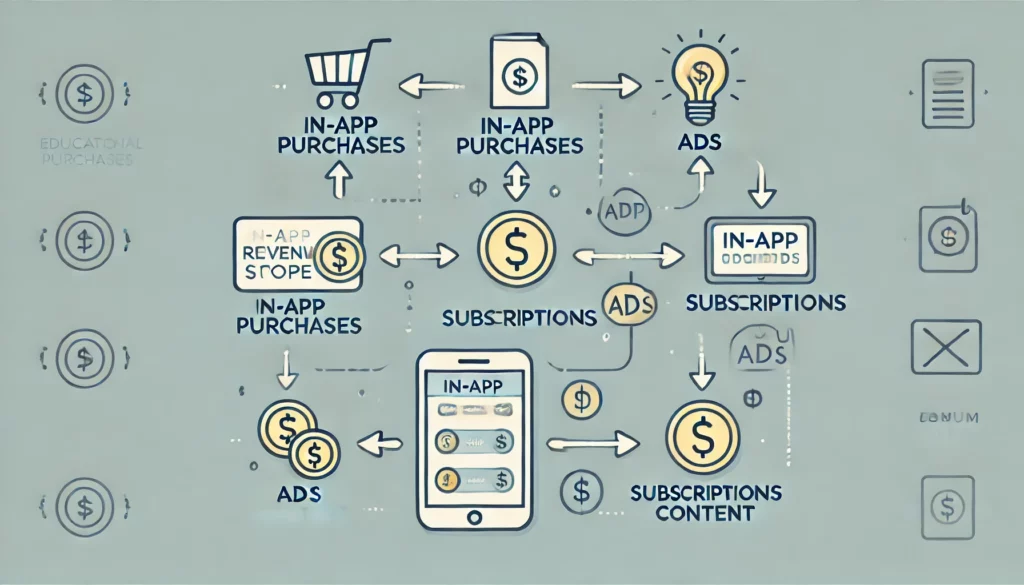
Why Choose Miracuves to Build an Educational App?
Miracuves is an innovative software solutions provider company operating from Mumbai, India that was established in 2022 specifically to serve startup and small businesses by offering them solutions to their operational business problems. Our company has rich experience in online educational marketplace development, thus we use it to build educational applications with regard to preferences of your target viewers.
At Miracuves we are focused on UX, meaning customers should have a comfortable experience when interacting with our service. We employ our team of developers and engineers who work in synergy to create an efficient solution that is scalable and secure so that your applications do not face moments of being ‘down’. We also prioritize creating cross-platform educational applications, so your content is ported to various learning gadgets and operating systems.
Choosing to work with Miracuves, one of the tangible benefits when it comes to features’ release time is that it will be as short as possible. That way by automating testing and deployment, we save you time and get your educational app to market quicker fully optimized. The company’s services in the competitive analysis help you to identify your market, determine priorities of features, and plan a successful strategy. When it comes to project solutions, it doesn’t matter whether you need LMS integration, or game-based approaches to education, or delivery modalities – it’s all about solutions for the project, and for the project only.
Our process includes:
Feature Prioritization: We assist in identifying what it means to have the highest impact, for example, learning functions, engagement instruments, and accessibility functions.
Monetization Strategies for Educational Apps: It may be through subscription, virtual items and/or advertising and we guide you on which of these will be best to adopt.
User Feedback and Iteration: For your app to grow and change to meet the needs of users, we feedback mechanisms that determine the future changes for the app.
App Store Optimization (ASO): We make your app easily discoverable on store through proper optimization techniques that make people download and use it.
When choosing our Miracuves team as your partner, you select the company committed to continuous growth, thus making your educational app remain unique and relevant.
Future of Educational App Development Market
AI & Data Analytics: Among its uses, AI identifies tailor-made teaching-learning activities; and individual learning profiles that depend on assessment data.
- Gamification: The inclusion of elements of rewards, points, and interaction to ensure that it increases engagement and has higher retention rates.
- Cross-Platform Apps: Shift in focus towards creating an app that is can be used in both iOS and Android OS.
- Mobile Learning Trends: Naturally integrated technologies such as augmented reality, virtual reality and artificial intelligence to enhance the learning experience.
- Community Building: Improved social component, more discussion forums, and possibilities to work in groups.
- Monetization Strategies: Considering paid solutions, through subscriptions, and in-app purchases as well as offering freemium services.
- App Store Optimization (ASO): Strategies of enhancing visibility by employing more technical ASO strategies in compact niches.
- Accessibility: Pay particular attention to text modes for everyone by implementing improvisations such as including better reading options for the blind.
Read More “How to Create an Educational App like Masterclass? (Step-by-Step Guide)“
Conclusion
When it comes to educational application development, there is no shortage of ways organizations can create better educational applications. Learners today are more responsive when they are engaged, when the content they are tested on is interactive, and when the features offered cater to the various needs of learners. Responding to the technology growth and focusing on users’ needs is always a sound approach for further development. Updating and modifying it regularly should not only improve the functionalities but also ensure it gains support and use from its users. Finally, only investing in educational application’s development and appealing design will make your app an ultimate choice among the other applications with tremendous competition for the users and students who need new knowledge and skills in an environment of constant changes.
Want to boost student engagement?
Our EdTech platform delivers personalized
learning at scale.
FAQs
How much time does it take to develop an educational app?
For developing a basic app with few functions, it may take 4 to 6 months while for a complex app or the kind that passes through more stages, it may take a longer time.
What are the specific characteristics of educational applications?
These are elements such as UI/UX design, progress bar indicators, and engagement through the use of content such as quizzes and games.
What monetization options exist for educational applications?
Some of the adopted techniques include subscriptions, in-app purchases, freemium models, and advertisement.
Why is user feedback important in educational apps?
Feedback from the users assists in fixing existing problems, launches new options, and advances the learning process of the application.
How can I optimize my educational app for app stores?
Emphasis on app store optimization (ASO) majoring in keywords, app description, and the number of updates needed to increase the position and downloads.
Check out our popular educational app solutions offered by Miracuves – built for versatility, performance, and scale:
- Byjus Like App – A dynamic e-learning platform for personalized tutoring, interactive video lessons, and test prep across all grade levels.
- Udemy Like App – A feature-rich educational app that enables course creation, video lessons, and interactive learning for students worldwide.



